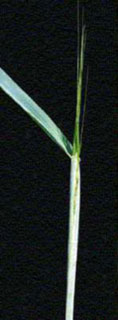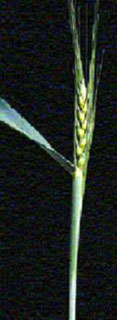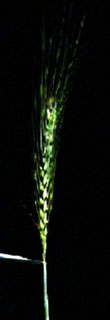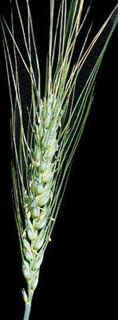Fusarium Head Blight Forecasts And Interpretation
Time To Start Thinking About Fusarium Head Blight
It seems early to be thinking about Fusarium head blight (FHB). In early June, many spring-seeded cereals are just getting into their vegetative growth spurt. On the other hand fall-seeded cereals are well on their way. Fall rye has headed out and some winter wheat is at the flag-leaf stage, heads soon to be out of the boot.
Risk Of FHB In Winter Wheat?
In many years, winter wheat escapes infection by FHB. Occasionally though, winter wheat can be affected when periods of heat and humidity coincide with flowering. When frequent showers or heavy rain result in soils that remain near saturation, high humidity occurs whenever it is overcast and warm. If heat and humidity continue, especially following rain showers, winter wheat will be at high risk of FHB infection. As in spring wheat, fungicide timing is critical and most effective over a very narrow window. Fungicides available are listed in the Guide to Field Crop Protection. There are four products with single active ingredients and there are two products with two active ingredients.
The Progression Of Wheat Heading And Flowering
Depending on how warm it is, wheat moves through the following series of development stages in as little as five days to more than a week.





Use these illustrations to anticipate when your crop is about to flower.
Changes To The FHB Forecast Model
For the past few years we have been using a model which can be run on the network of Manitoba Ag weather stations, that shows the rise and fall of infection risk and this model is independent of seeding date. Thus it is important for growers and agronomists to be keenly aware of where their crops are developmentally.

